How to Become Healthier (and Happier): Food for Happiness
Let me tell you a story that surprised even me and taught me something powerful about how to become healthier without stress, rules, or extremes.
A few years ago, I met up with an old friend for a drink. He was known in our circle for being, well, a bit grumpy. Lovely at heart, but often critical, easily irritated, and usually exhausted. We all just accepted it as his personality. But this time, something was different.
He had a calm glow on his face and an uncharacteristic smile that wouldn’t fade. He wasn’t complaining about anything. In fact, he was cracking jokes, laughing with ease, and radiating peace. I had to ask, “What changed?”
He leaned in, still smiling, and said, “Honestly? I just stopped eating meat at every meal. That’s it. I went from two or three meat-heavy meals a day to maybe one or two per week. Nothing else. And I’ve never felt better.”
That moment stayed with me. Because it wasn’t a full lifestyle overhaul. He didn’t start running marathons or tracking macros. He simply made one gentle shift in the way he ate. And the impact was profound.
This week’s happiness challenge is inspired by stories like his. We’re focusing on food for happiness and learning how what you eat affects how you feel. You’ll discover the best foods that increase mood, learn how to be healthy and happy, and understand why food is one of the most powerful happiness strategies available.
Because when we eat with love and intention, we don’t just feed our bodies. We feed our joy. And that’s where true wellness begins.
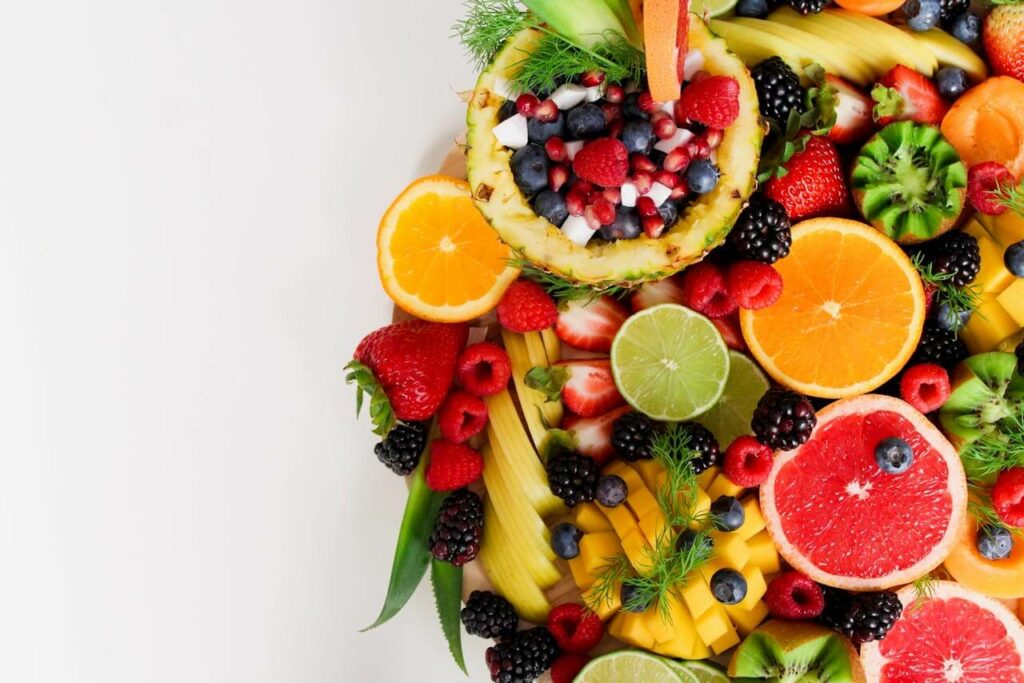
The Four Pillars of Health (And Why Food Matters Most This Week)
Last week, we explored the link between health and happiness and Dr. Rangan Chatterjee’s Four Pillars of Health: relaxation, food, movement, and sleep. These four simple yet powerful habits form the foundation of both physical and mental well-being. This week, we’re shining the spotlight on one that touches our lives at least three times a day – food.
If you’re wondering how to become healthier in a way that is joyful and sustainable, food is one of the easiest places to begin. According to Dr. Chatterjee, while stress may be the number one lifestyle driver of illness today, nutrition remains a core pillar that supports your entire system – body, brain, and mood.
What you eat impacts how you feel. Food is chemistry. It is also communication. Every bite sends signals to your brain and body. Those signals influence everything from energy and focus to hormones, sleep quality, digestion, and emotional resilience.
If you’ve ever asked yourself how to be healthy and happy, or how to be happy even on your busiest, most stressful days, the answer may very well be found on your plate. Some foods soothe your system and boost your mood. Others create inflammation, fog, and fatigue.
This week, we’ll explore how to nourish yourself with food for happiness. You’ll learn which foods increase mood, how to use nutrition as a happiness strategy, and how to gently build daily habits that serve your health and joy.
True wellness is not about restriction. It’s about rhythm, nourishment, and loving yourself enough to eat in a way that supports the life you want to live.

Why Food Matters for Happiness
If you’re on a journey to discover how to become healthier and feel more emotionally balanced, your meals matter more than you think. What we eat doesn’t just fuel our bodies. It directly affects how we feel, how we think, and how we show up in life. Food is one of the most powerful happiness strategies we have.
Food Fuels Feelings
Your gut and brain are deeply connected. In fact, up to 90% of your serotonin (your body’s natural “feel-good” chemical) is produced in the gut. When your digestion is healthy and balanced, you feel more energized, more grounded, and more optimistic. This is why certain foods that increase mood are often those that support a healthy gut.
When you nourish yourself with whole, real foods, you don’t just learn how to be healthy. You learn how to be healthy and happy. Meals rich in fiber, antioxidants, and healthy fats reduce inflammation and support stable energy levels and mental clarity. Food becomes more than fuel. It becomes a tool for emotional resilience and joy.
The Risks of a Poor Diet
The opposite is also true. A poor diet can affect both your physical and emotional health. Studies show that diets high in refined sugar, processed foods, and artificial additives are linked to:
- Mood swings and irritability
- Brain fog and fatigue
- Anxiety and depression
- Digestive imbalances
- Chronic health conditions such as diabetes and heart disease
- A general lack of motivation and well-being
In short, how to become healthier and how to be happy are deeply connected, and food is a bridge between the two.
This week, we focus on food for happiness. No restriction. No rigid rules. Just joyful, mindful choices that help you feel better, think clearly, and live with more energy and ease. Learning how to be healthy and happy doesn’t start with perfection. Instead, it starts with presence. One nourishing bite at a time.
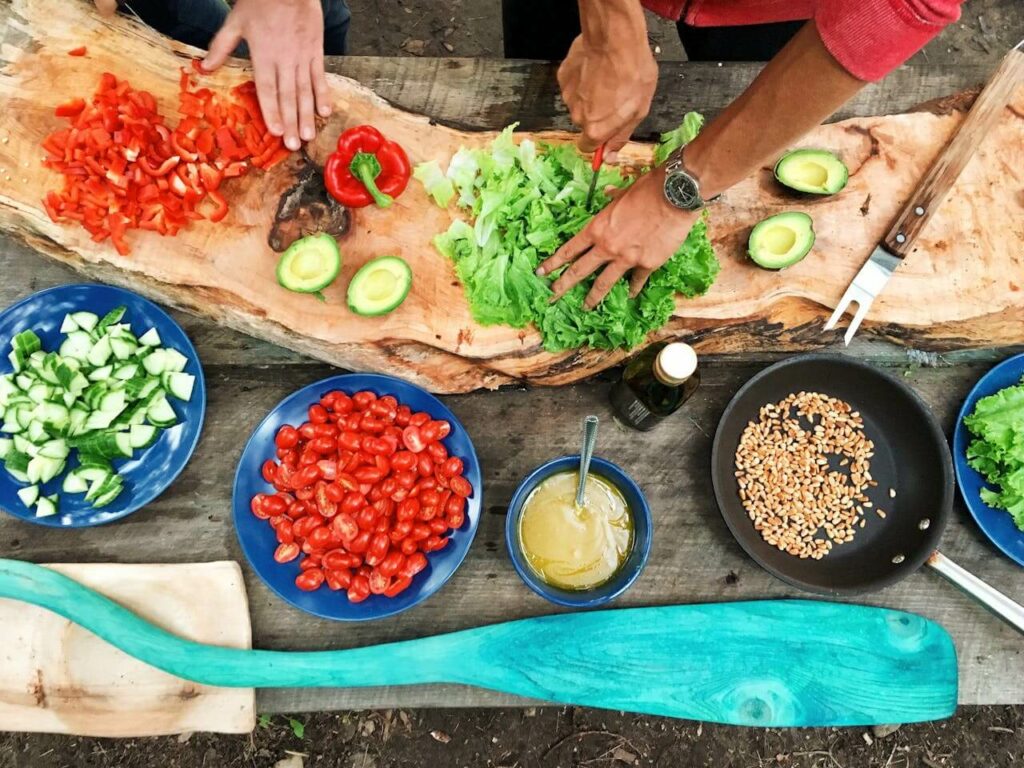
Healthy Food, Happy Body: What the Research Shows
If you’re wondering how to become healthier while also boosting your emotional well-being, the answer might be on your plate. Nutrition impacts everything – from your energy levels to your mood, from your brain health to your relationships. This is why food for happiness is more than just a trendy phrase. It’s one of the most effective, evidence-based happiness strategies available to us.
How Food Affects Your Mood
Scientific studies continue to confirm what many of us feel intuitively: what we eat shapes how we feel. In fact, research shows that people who go from zero servings of fruits and vegetables to eight servings a day experience a happiness boost equivalent to getting a new job. This means that foods that increase mood can bring about powerful emotional shifts without changing anything else in your life.
Mediterranean-style diets, which are rich in vegetables, olive oil, legumes, and healthy proteins, have been associated with a lower risk of depression and anxiety. Balanced blood sugar, supported by whole foods and regular meals, helps stabilize your mood and energy, preventing the dips that often lead to irritability or fatigue. And meals enjoyed in the company of others strengthen your sense of connection and well-being, which are essential ingredients in learning how to be happy.
The Cost of Poor Nutrition
A poor diet doesn’t just affect your waistline. It affects your mind, your relationships, and your ability to thrive. Here’s what can happen when your nutrition falls short:
- Higher risk of anxiety and depression
- Increased inflammation in the body and brain
- Erratic energy levels and emotional instability
- Sleep disruptions and sluggish digestion
- Greater likelihood of developing a chronic illness
- Less motivation and slower cognitive function
In simple terms, how to be healthy and happy starts with how you nourish yourself. A poor diet can quietly undermine your efforts in every other area of life, while the right foods can lift you up from the inside out.
So if you’re serious about discovering how to become healthier and how to be happy, begin with your next meal. Choose vibrant, real food. Savor it slowly. And know that each bite is a step toward the best version of you.

This Week’s Challenge: Eat for Happiness and Health
Ready to learn how to become healthier and happier at the same time? This week’s happiness challenge is all about using food for happiness. Instead of following strict rules or depriving yourself, your goal is to nourish your body and elevate your mood, one mindful bite at a time.
Daily Food-for-Happiness Practices
Each day, try at least one small act that supports both your health and emotional well-being. These simple shifts will help you discover foods that increase mood while guiding you toward how to be healthy and happy, without stress or overwhelm.
Here are a few ideas to get started:
- Replace one processed meal with a vibrant, whole-food plate
- Prepare a rainbow veggie bowl filled with color and fiber
- Make a mood-boosting smoothie with spinach, banana, and a piece of dark chocolate
- Eat slowly and mindfully, without your phone or TV nearby
- Try a 12-hour eating window to support better digestion and energy
- Cook a meal with someone you love and enjoy the shared experience
- Drink more water – aim for at least 2 liters daily
This week is not about perfection. It’s about intention. You’re learning how to be healthy by listening to your body and how to be happy by giving yourself what you truly need.
Food for happiness doesn’t come in a package. It comes from tuning in, choosing wisely, and showing yourself daily care. Let your meals this week reflect your desire to feel good, live fully, and love yourself a little more.
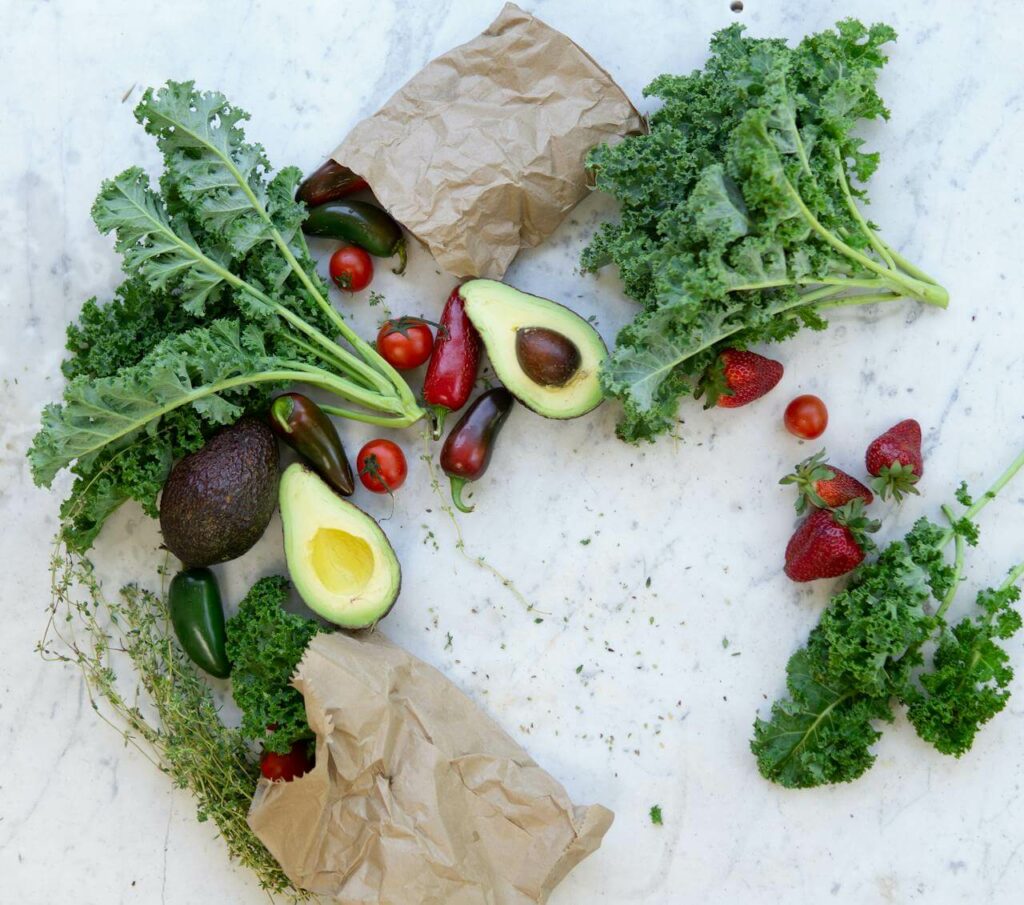
How to Become Healthier and Happier: The Ultimate Food-for-Happiness Guide
If you’ve been wondering how to become healthier while also boosting your mood, this is your go-to guide. Based on the 4HappyU method, Blue Zones’ insights, and the latest in nutrition research, these practical steps combine food for happiness with real strategies for well-being.
By choosing foods that increase mood and support both mental and physical vitality, you’ll not only learn how to be healthy and happy, but you’ll also feel the difference in every bite.
Focus on Whole, Plant-Based Foods
Eating close to nature is one of the most reliable ways to become healthier. Your body thrives when fueled by fresh, whole ingredients, and so does your mood.
- Build your meals around vegetables, fruits, legumes, and whole grains
- Aim for 4 to 6 servings of colorful vegetables every day
- Include beans or lentils at least once a day
- Choose whole grains like oats, quinoa, and brown rice over white flour
- Snack smart with nuts, seeds, and fruit
Eat Foods That Increase Mood
Certain foods are known to lift your energy, balance your brain chemistry, and reduce stress. These happiness strategies work from the inside out.
- Dark chocolate (high in magnesium and flavonoids)
- Berries, bananas, and beets
- Avocados, oats, yogurt, and lentils
- Oily fish like salmon and sardines (rich in omega-3s)
- Green tea, walnuts, and mood-friendly herbs like saffron and turmeric
Reduce Inflammatory Foods
To be healthy and happy, it’s not just about what you add, but also what you remove. Inflammation affects everything from mood to metabolism.
- Cut back on refined sugar, white flour, and heavily processed snacks
- Limit dairy if it causes you bloating or fatigue
- Minimize processed meats, deep-fried foods, and soda
- Watch your caffeine and alcohol intake, especially in the evening
- Avoid emotional eating by planning balanced, satisfying meals
Practice Mindful Eating
Mindfulness is one of the most underrated happiness strategies. When you slow down and eat with presence, your digestion and emotional satisfaction both improve.
- Chew slowly and pause between bites
- Aim to stop eating when you’re 80% full
- Avoid distractions like screens while eating
- Use smaller plates and bowls to support portion awareness
- Choose earlier and lighter dinners for better sleep and recovery
Try a 12-Hour Eating Window
Intermittent fasting can be a gentle but powerful way to reset digestion and stabilize energy.
- Eat within a 10–12 hour window (for example, from 8 AM to 6 PM)
- Avoid late-night snacks, which interfere with sleep and mood
- Give your body time overnight to rest, repair, and regulate hormones
Stay Hydrated
Being well-hydrated helps regulate mood, boost brain function, and support every organ in your body.
- Aim for at least 2 liters (8 cups) of water daily
- Drink more on active days or in warmer weather
- Replace sugary drinks with water or herbal tea
- Try mint, chamomile, or ginger teas for a calm mind and balanced energy
Small Acts That Make a Big Difference
If all of this feels like a lot, start small. Choose one or two of the following happiness habits this week:
- Make at least one meal with 5 different colors
- Try a meatless Monday
- Prep healthy snacks like sliced veggies or nuts in advance
- Shop for seasonal, local produce whenever you can
- Follow the simple wisdom: eat breakfast like a king, lunch like a prince, and dinner like a pauper
Food is one of the simplest and most effective ways to support how to be healthy and happy. Let this be your invitation to turn each meal into an act of self-love. When you feed your body with care, your soul feels it too.
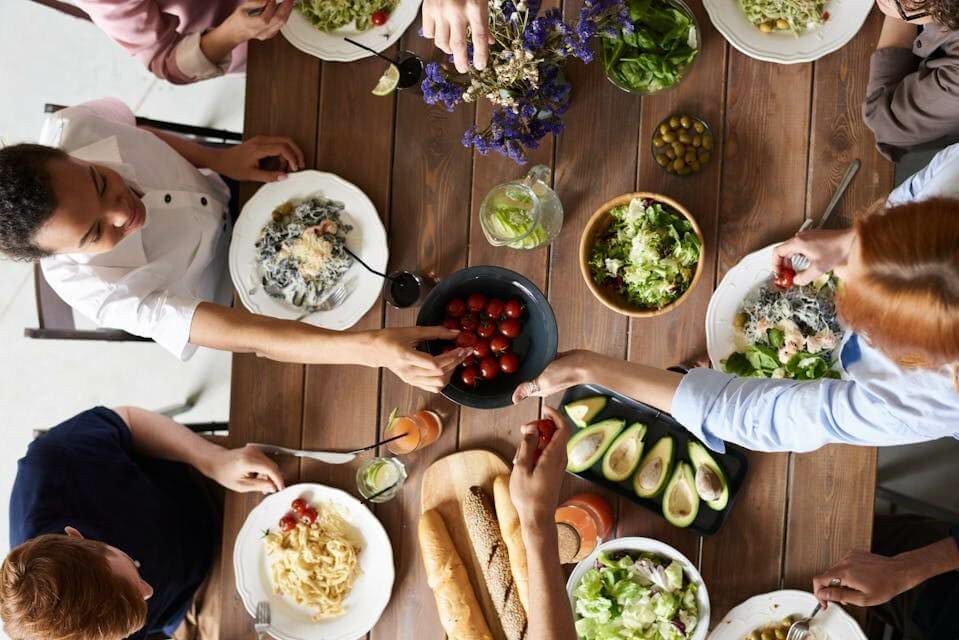
Final Thoughts: Nourish to Flourish
If you want to learn how to become healthier and happier, start by tuning in to what’s on your plate. Food is not just fuel. It is medicine, mood, and meaning. Every bite offers an opportunity to uplift your body, nourish your mind, and support your joy.
You don’t need a perfect diet to be healthy. You just need food for happiness – whole, colorful meals that work for your body and your lifestyle. Choose foods that increase mood. Eat slowly. Savor your meals. And most importantly, let go of guilt. Eat with love, not with pressure.
This week, let food become one of your core happiness strategies. Make each meal a mindful practice. Bring a little more beauty to your plate. Pause before you eat. Breathe. Smile. Appreciate.
Remember, learning how to be healthy and happy is not about rules. It is about rituals. It is about finding what feels good and doing more of that.
If you’re struggling with emotional eating, body image, or the motivation to make lasting changes, we’re here to help. At 4HappyU, we offer RTT sessions to help you release the subconscious beliefs that hold you back. We also offer coaching and positive psychotherapy to help you feel strong, grounded, and free.
You deserve to feel good in your body. You deserve to enjoy your meals. And yes, you absolutely deserve to be well-fed and deeply happy.
This week, let food be your path back to yourself.
“If more of us valued food and cheer and song above hoarded gold, it would be a merrier world.”– J.R.R. Tolkien
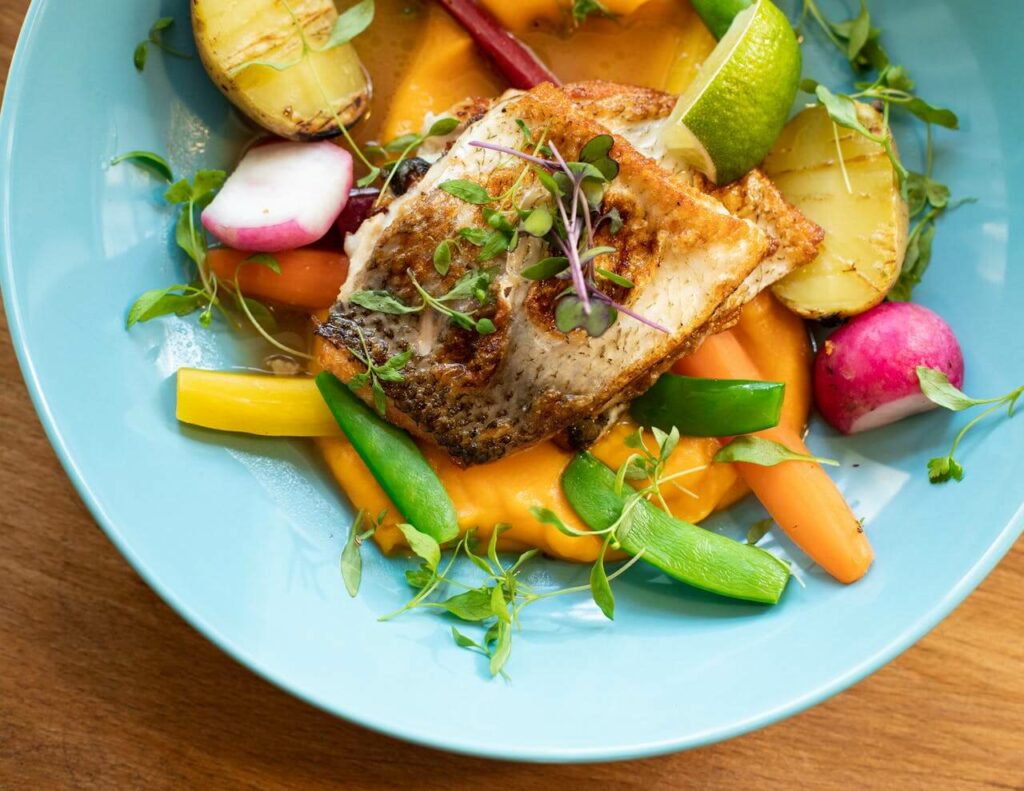
Resources
The information in this article is grounded in scientific research. If you’re interested in specific studies, feel free to reach out to us.
For daily doses of joy, positivity, inspiration, and motivation, be sure to follow us on Instagram.
Za naše bralce v Sloveniji
Če vas zanima več o psihoterapiji in iskanju trajne sreče, preberite naslednje članke: Psihoterapija Obala, 5 ključev do trajne sreče in notranjega miru, Najboljši psihoterapevti v Sloveniji: Kako se hitro spopasti s stresom, Psiholog v Kopru: Kako odpraviti težave s psihoterapijo in RTT terapijo, in Psihoterapija Online: Prednosti in učinkovitost terapije na daljavo.


